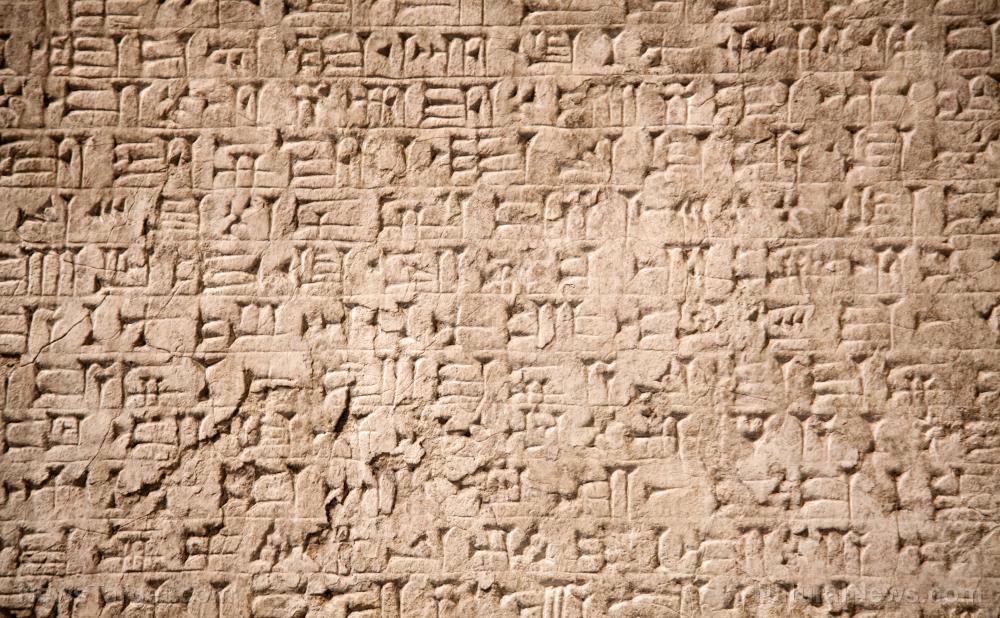
A series of ancient Chinese texts more than two millennia old are the world's earliest surviving anatomical atlas, claims a study published in the Anatomical Record.
The texts were unearthed in the 1970s in the Mawangdui burial site, where Marquis Dai, his wife Lady Dai and their son were entombed. Researchers from Bangor University in Wales and Howard University decoded the abstruse script and said that the texts offer a unique window into ancient anatomical knowledge.
The oldest known anatomical atlas before the study was believed to be from Greece, which was authored by ancient Greek physicians. But most of these texts were lost and are known only from what other ancient writers wrote about them. This makes the Chinese texts the oldest surviving anatomical atlas, said the researchers.
Chinese texts probe human anatomy
The texts aged 2,200 years were challenging to understand due to the use of ancient Chinese and uncommon terminologies. For one, the texts used the word "meridian" to refer to parts of the human body, according to the researchers.
An excerpt from the texts talked about one particular meridian, which starts "in the center of the palm, goes along the forearm between the two bones, following straight along the tendons, travels below the sinew into the bicep, to the armpit, and connects with the heart." The researchers posited that the passage referred to the path of the ulnar artery, the primary blood vessel of the forearm.
Meanwhile, another excerpt seemed to talk about a meridian in the foot. It "starts at the big toe and runs along the medial surface of the leg and thigh. Connects at the ankle, knee, and thigh. It travels along the adductors of the thigh and covers the abdomen." The team suspected that the excerpt referred to the pathway of the saphenous vein, the blood vessel that transports blood from the legs to the heart.
The ancient texts have important implications for how acupuncture is viewed in the medical community. The practice is often accused of lacking a scientific basis because ancient Chinese doxa considered the human body sacred. Such a belief effectively forbade any form of dissection, which is an important requirement if one intends to know more about human anatomy.
However, the remains of criminals were not treated in the same light. The researchers suspected that ancient Chinese physicians tore open the corpses of prisoners in order to understand human anatomy. For example, in the Book of Han, an account of the history of the Han Dynasty, the author wrote about the dissection of the criminal Wang Sun-Qing in A.D. 16.
The researchers concluded that the earliest Chinese physicians appeared to be writing more about the human body and less of acupuncture. In turn, their work formed the basis of later texts that served as the foundation of acupuncture. (Related: Ancient Greek artifact is actually a 2,000-year-old astronomical computer, report scientists.)
"Fairy bridge" found in ancient grave
Archaeologists recently unearthed the remains of an ancient Chinese couple believed to belong to the Northern Song Dynasty from about 1,000 years ago.
The tombs were first discovered in 2007 in the ancient Tangjiawan cemetery in Ningxiang, Hunan province. Archaeologists were recently sent to the location because the area will soon be excavated for an upcoming road project.
According to the archaeologists, the pair were normal civilians based on the few goods found on the site. They were interred in two separate, brick-lined graves located beside each other. A curious hole was cut in the middle of the dividing wall, which the researchers believed to be a "fairy bridge" – a window that would allow the couple to connect again in the afterlife, according to ancient Chinese belief.
Charcoal was also found outside the tomb's entrance. This will allow researchers to put a better estimate on when the remains were put to rest.
For more interesting ancient Chinese finds, visit Artifacts.news.
Sources include:
Please contact us for more information.

















